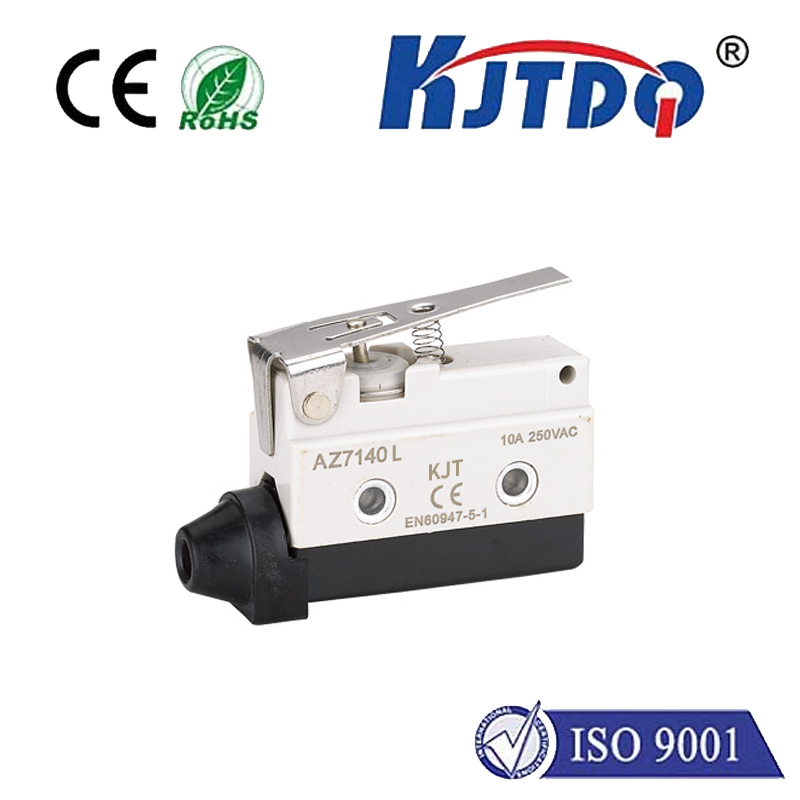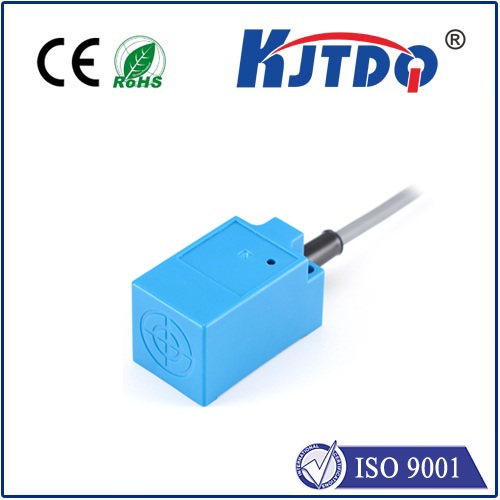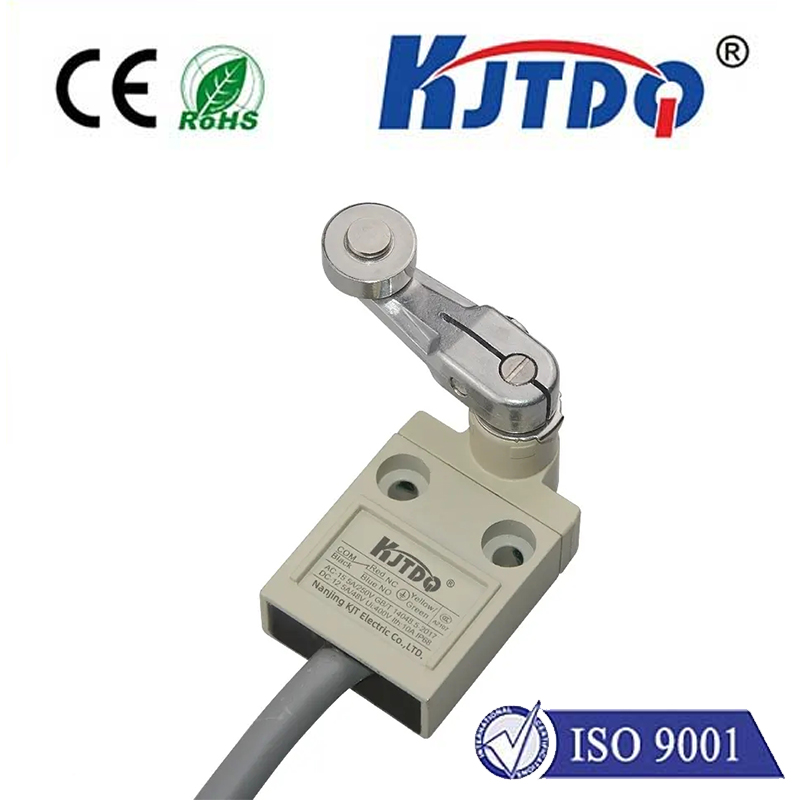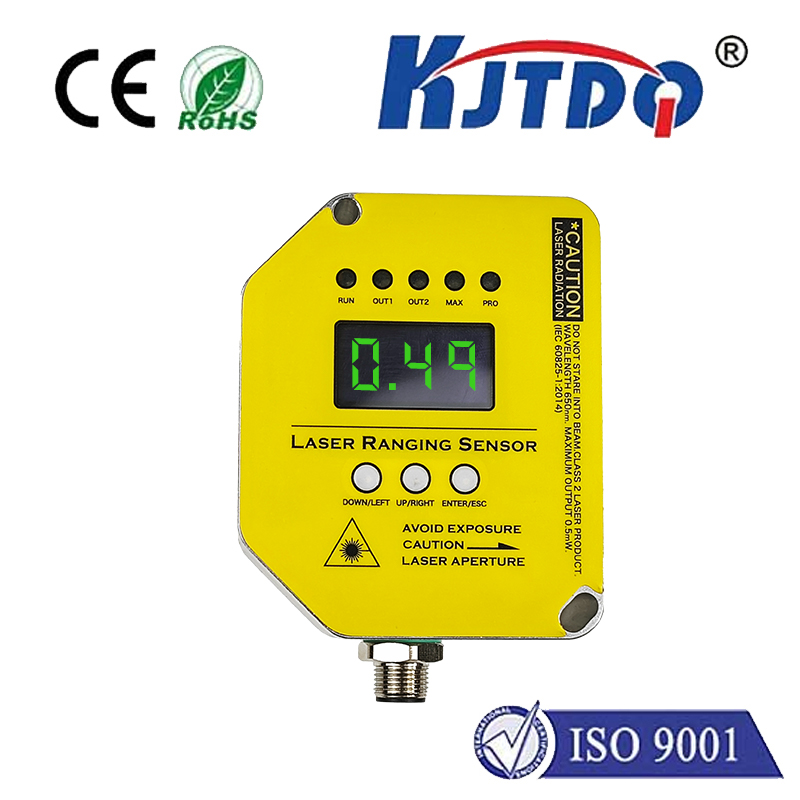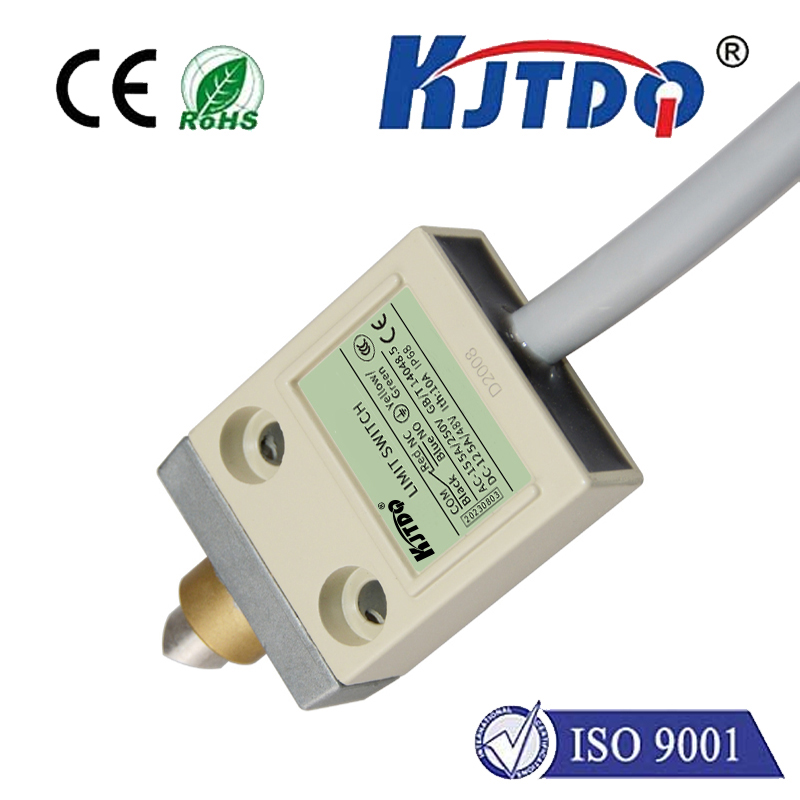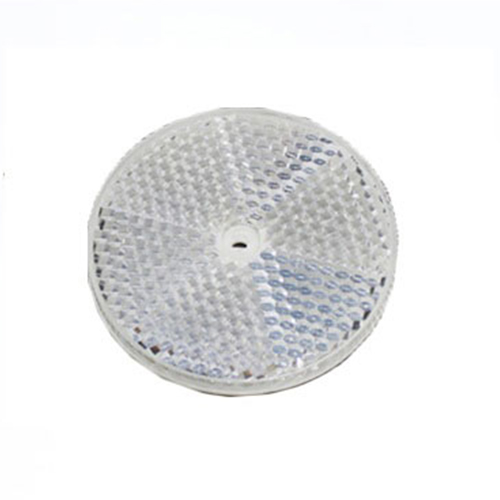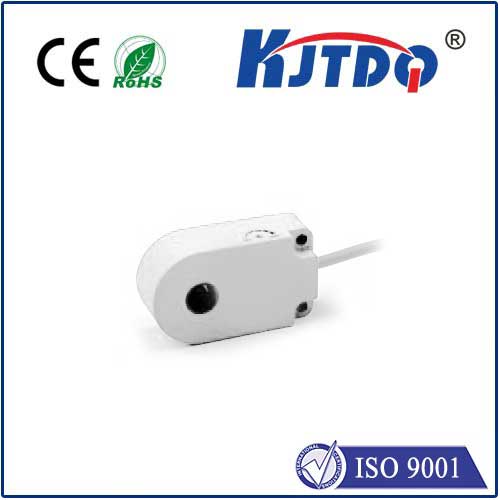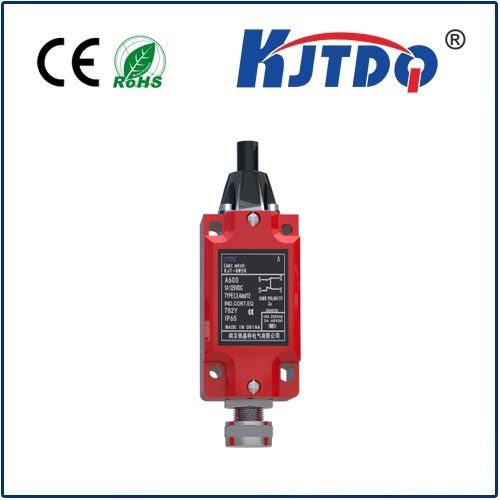

check

check

check

check

check

check

check

check

check

check
Title: The Hall Effect Limit Switch: An Essential Component for Sensitive Devices
Introduction to the Hall Effect Limit Switch
The Hall Effect limit switch is a critical component in many high-sensitivity electronic devices. It works based on the principle of the Hall Effect, which describes the interaction between a magnetic field and electrical current in a conductor. The Hall effect limit switch consists of two main parts: the sensing element and the control element. The sensing element generates a voltage proportional to the magnetic field, while the control element converts this voltage into a signal that can be used to control the device's operation.
The Function of the Hall Effect Limit Switch
The Hall Effect limit switch has several important functions in sensitive devices. One of its primary roles is to provide accurate feedback on the position and motion of mechanical components such as actuators, sensors, and positioners. This feedback is essential for ensuring precise control of these components and maintaining optimal performance.
Another crucial function of the Hall Effect limit switch is to detect when a mechanical component has reached its end point or stopped moving. This is achieved by comparing the output signal from the sensing element with a set threshold value. Once the output exceeds this threshold, the control element sends a signal to the device's controller, indicating that the component has reached its target position or stopped moving.
The Benefits of Using a Hall Effect Limit Switch
There are several benefits to using a Hall Effect limit switch in sensitive devices. First and foremost, it provides extremely accurate feedback on the position and motion of mechanical components, ensuring precise control and optimal performance. Additionally, the switch is highly resistant to electromagnetic interference (EMI), making it suitable for use in applications where other types of switches may not perform well. Finally, hall effect limit switches can operate over a wide temperature range and withstand harsh environmental conditions, further increasing their durability and reliability.
Applications of Hall Effect Limit Switches
Hall effect limit switches are widely used in various industries, including aerospace, automotive, medical, and industrial automation. In the aerospace industry, they are used to control the movement of rocket engines and aircraft components. In the automotive industry, they are used to control the movement of pistons, valves, and other engine components. In medical applications, they are used to control surgical instruments and monitor patient vital signs. Finally, in industrial automation, they are used to control manufacturing processes and ensure efficient production.
Conclusion
The Hall Effect limit switch is an essential component for sensitive devices due to its ability to provide accurate feedback on the position and motion of mechanical components and detect when these components have reached their target positions or stopped moving. Its superior performance, resistance to EMI, wide temperature range, and durability make it suitable for use in challenging environments and applications. As technology continues to evolve, it is likely that hall effect limit switches will become even more prevalent in various industries, helping to improve efficiency and accuracy in many different applications.
